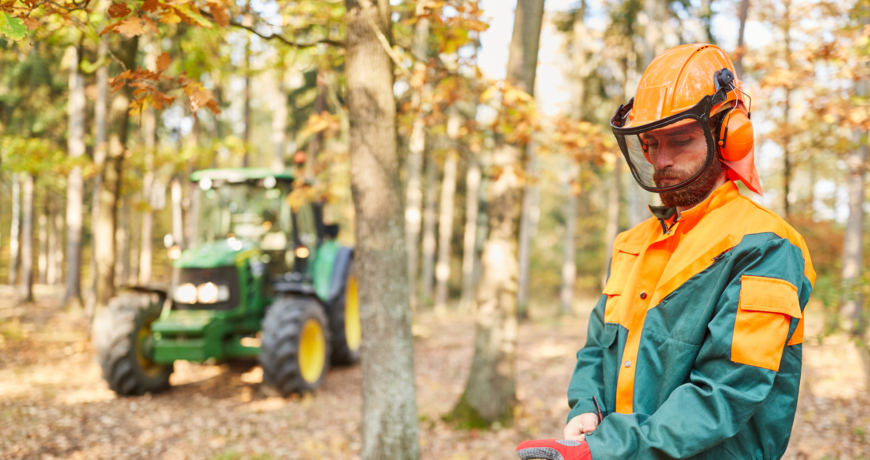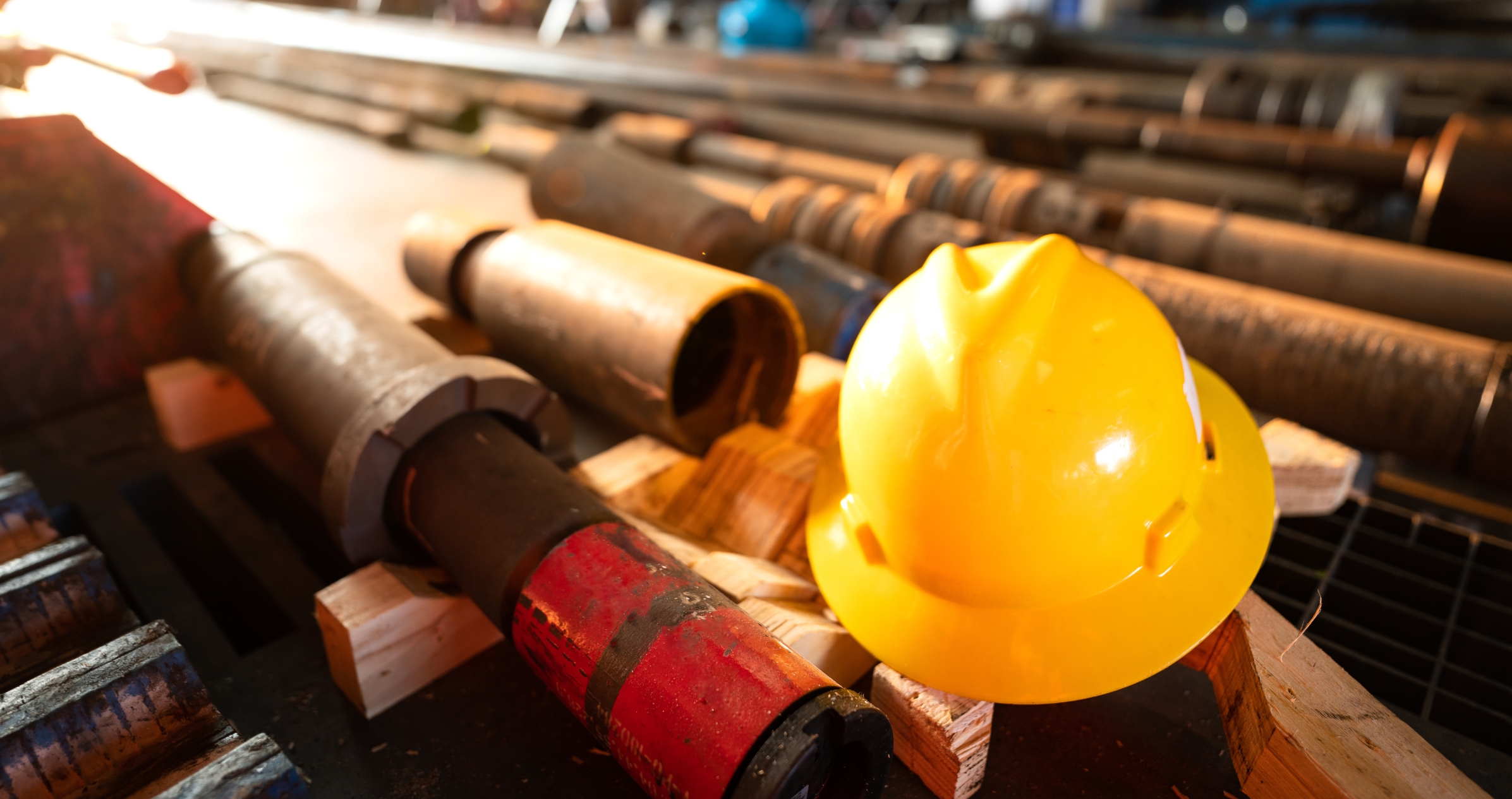“The Future of Personal Protective Equipment: Trends to Watch”
The Future of Personal Protective Equipment: Trends to Watch
The landscape of personal protective equipment (PPE) has evolved dramatically in recent years, propelled by advancements in technology, heightened health concerns, and an increased focus on worker safety across various industries. As we look towards the future, it is crucial to explore the emerging trends that are set to reshape the market and improve the efficacy of PPE. This article will delve into multiple facets of The Future of Personal Protective Equipment, discussing innovations, sustainable practices, regulatory changes, and the growing importance of customization.
the Importance of PPE
Before we explore The Future of Personal Protective Equipment, it’s essential to grasp why PPE is integral to safeguarding health and safety in the workplace. PPE serves as the first line of defense against workplace hazards, including chemicals, biological agents, and physical threats. As industries expand and evolve, so do the risks associated with them, necessitating continual advancements in PPE technology and design.
Technological Innovations Shaping PPE
There are many technological innovations in the formation of PPE. Among these innovations are:
Smart PPE
One of the most exciting trends in The Future of Personal Protective Equipment is the integration of smart technology. Smart PPE includes wearable devices equipped with sensors that provide real-time data on environmental conditions, helping workers assess potential risks instantly. These innovations can track various parameters, such as temperature, humidity, and exposure to hazardous substances, enabling informed decisions that enhance workplace safety.
Enhanced Materials
The development of advanced materials is another critical aspect of The Future of Personal Protective Equipment. Innovations such as breathable yet protective fabrics, lightweight composites, and flexible polymers are improving comfort and mobility for users. These materials not only offer better protection but also address the common complaints of discomfort and lack of breathability that many traditional PPE items suffer from.
Sustainability in PPE Manufacturing
Sustainability is an increasingly vital aspect of consumer products, including PPE. As we contemplate The Future of Personal Protective Equipment, we must acknowledge the growing demand for eco-friendly materials. Manufacturers are investing in biodegradable and recycled materials to reduce environmental impact. Additionally, the production processes are adapting to minimize waste and energy consumption.
The shift towards a circular economy is set to revolutionize how PPE is manufactured and disposed of. Reusable PPE is becoming more popular, as companies strive to reduce single-use items that generate excessive waste. This approach not only benefits the environment but also provides cost-saving opportunities for businesses in the long term. As we explore The Future of Personal Protective Equipment, expect to see a rise in rental and subscription models for PPE, allowing for efficient usage and recycling.
Customization and User-Centric Designs
Among the user-centric designs that can be illustrated are the following:
Personalized PPE Solutions
In The Future of Personal Protective Equipment, customization is key. Tailoring PPE to meet the specific needs of users is becoming paramount. Industries are recognizing that a one-size-fits-all approach is often ineffective. Therefore, manufacturers are offering personalized solutions, such as helmets with adjustable sizes, gloves designed for dexterity, and visors tailored for optimal visibility.
Ergonomic Design
Ergonomics plays a significant role in enhancing the effectiveness of PPE. As the workforce becomes more diverse, it is essential for PPE designs to accommodate various body types and preferences. The future of PPE will see a stronger emphasis on ergonomic design principles that ensure comfort and usability, allowing workers to perform their jobs without hindrance, thereby increasing productivity and satisfaction.
Regulatory Changes Influencing PPE Standards
As industries evolve and new hazards emerge, regulatory bodies are continuously updating safety standards and requirements for PPE. These changes are crucial for ensuring that protective equipment remains effective in safeguarding workers’ health. In The Future of Personal Protective Equipment, we can anticipate more stringent regulations that will drive companies to invest in advanced and high-quality PPE compliant with the latest safety standards.
Global Standards Harmonization
The future also hints at the potential for global harmonization of PPE standards. As businesses operate more in a global marketplace, a unified approach to PPE regulations may emerge, facilitating easier compliance for multinational companies. This trend will also encourage manufacturers to adopt universal designs, further enhancing the availability and effectiveness of PPE worldwide.
The Role of Training and Awareness
While advancements in PPE technology are crucial, the efficacy of protective equipment ultimately depends on how well users are trained in its proper use. The future of PPE is not solely about the products themselves but also emphasizes the importance of education and awareness. Ongoing training programs will be essential to ensure that workers understand how to use their equipment effectively, recognize limitations, and maintain their gear.
In The Future of Personal Protective Equipment, fostering a safety culture within organizations is vital. Safety is not merely the responsibility of individual workers or the equipment they use; it requires a holistic approach that involves everyone in the organization. Companies that prioritize safety culture will likely see better compliance with PPE usage, resulting in lower accident rates and improved overall safety performance.
Market Trends to Monitor
The demand for PPE is witnessing unprecedented growth across multiple sectors, including healthcare, construction, and manufacturing. As we evaluate The Future of Personal Protective Equipment, it’s essential to monitor industry-specific trends that may drive unique PPE requirements. For instance, the ongoing emphasis on infection control in healthcare will likely accelerate the demand for high-quality masks, gowns, and face shields.
Integration of AI and Data Analytics
The integration of artificial intelligence (AI) and data analytics into PPE management will transform how organizations approach safety. Predictive analytics can help identify potential hazards before they lead to accidents, allowing for proactive measures to be taken. Additionally, AI can be utilized to streamline inventory management, ensuring that PPE supplies meet the demands of various projects. As we look at The Future of Personal Protective Equipment, the use of AI will be pivotal in improving decision-making processes around PPE selection and usage monitoring.
Conclusion
As we have explored, the future of personal protective equipment is being shaped by a multitude of factors, including technological advancements, sustainability, regulatory changes, and a growing understanding of user needs. Businesses must stay abreast of these trends to remain competitive and ensure the safety of their workforce.





There are no comments